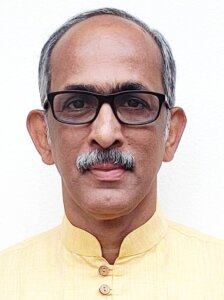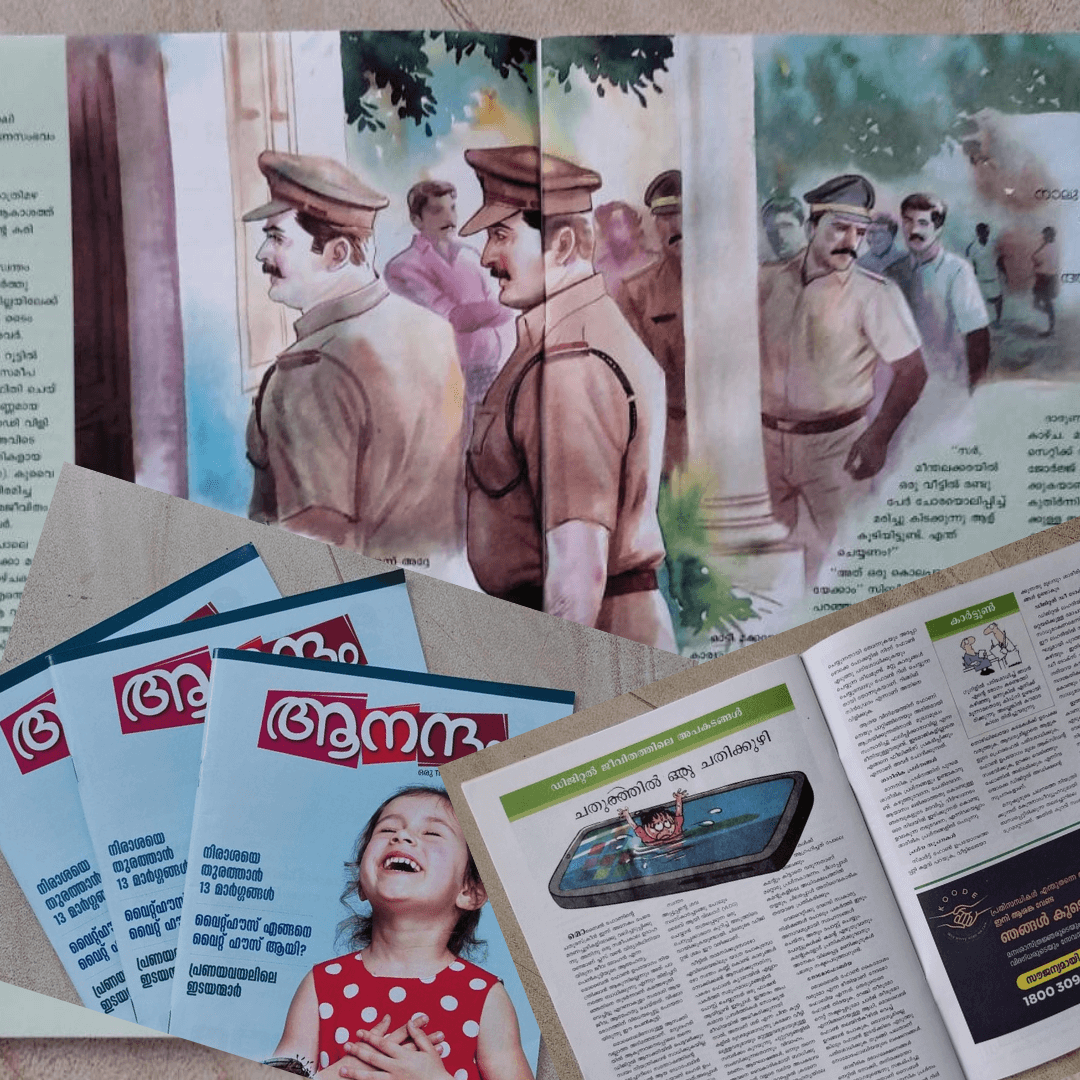A Sight, a Vision, and a Story: Sharing the Gospel in a Secular Setting
A minor eye problem led me to the clinic of an ophthalmologist in my city. As I patiently awaited my turn, I began to get restless. Instinctively, I reached for my phone in my pocket but placed it back when I remembered that my eyes were in trouble and it wouldn’t be wise to stare at a screen. I realized that everyone in the room was fighting boredom. Social media and on-screen entertainment were not an option in that waiting area.
We were about 15 patients in that room and after a while of uncomfortably staring at each other and at the wall hangings, someone found a magazine on a side-table. He triumphantly glanced at it from cover to cover and paused to read a few articles. Before he could put it down, the next person grabbed it. The magazine changed hands several times before my name was called.
That scene ignited a spark within me. I saw the potential in such an opportunity. There are thousands of hospitals across the state, with millions anxiously waiting their turn every day to meet doctors. Why not produce a magazine just like the secular product to clearly share the message of the gospel?
After my consultation with the doctor, I went to a bookshop and bought a secular weekly magazine. When I glanced through its contents, I could see seven chapters of seven novels. These would continue every week. Additionally, it also had features, columns, and box-items with content on physical and mental health, parenting, humour, facts and tips, poems, stories, book and music reviews, and cartoons. I took some time and thoroughly studied the contents of a successful weekly magazine. That day, in addition to a clear sight, I gained a new vision.
My main intention was to present the gospel of Jesus Christ through novels. But I had to work through the hurdles.
Firstly, I did not have the facility to publish a weekly product and distribute it on a regular basis. The best I could do was once in six months. Moreover, I would not get the same audience since they would not visit the doctor on regular intervals. So, I decided to avoid a continuation of novels and instead publish one complete gospel-based novel with seven chapters.
Secondly, if I present the gospel through a fictional narrative, I ran the risk of readers dismissing the core gospel message as just another story. I needed a real-life incident with a significant amount of drama, so that the gospel would receive the attention it demanded. The incident had to be old enough for the readers to have a faint memory of it, so that they would be curious enough to read the story for the details.
Fortunately, I found the right real-life story with the desired amount of plot twists, conflicts, and intrigue. The incident involved four young drug addicts, one of them the son of an evangelist, who murdered his uncle and aunt for money to fund their addiction. After an astute investigation, the police caught and imprisoned the criminals. When the son of the evangelist came out on parole his plan was to rob a bank to buy liquor and drugs.
During those days, a stranger approached him and took him to a prayer meeting. There he listened to the gospel. God worked in him and he became a child of God. When he went back to jail, instead of looted money, he had a Bible in his hands. Initially his prison-mates could not accept it. But gradually his life proved the difference in him. And as a result of his life, more than 100 people in the prison got saved.
After he served his sentence, he founded the Precious Children’s Home, a home for the children of prisoners. Today he is a happy evangelist with more than 200 destitute children.
In the magazine, I narrated this real-life drama in seven chapters. The artist who illustrates the novels for the secular weekly magazine provided his services to this publication as well. Apart from the story, the magazine also has articles on health, humour, cartoons, reviews and trivia from a Christian perspective.
Telephone numbers have been given at the end of articles for those who desire a follow-up. A couple of Q R code items have also been included. The layout includes 13 full page advertisements from secular firms, which not only gives a secular appearance, but has also helped fund the publication.
The magazine is in Malayalam and is named Anandam, which means happiness and has the picture of a remarkable little girl with a radiant smile. 25,000 copies have been printed and distributed at waiting areas of several hospitals. One hospital has even included this product in their welcome kit for patients. These days we are receiving a tremendous response from the readers.
This is one of the ways the gospel can be shared using a secular approach.
 George Koshy is the Editorial Director for Sathgamaya Media Foundation. He was trained by MAI and is now a trainer with MAI. He has written more than 40 resources for Christian literature and has composed more than 85 hymns. He has written more than 100 articles in secular media. George is an elder of the Christian Brethren Church in his hometown and serves as the President of the academic wing of Tiruvalla Medical Mission, a 550-bed hospital.
George Koshy is the Editorial Director for Sathgamaya Media Foundation. He was trained by MAI and is now a trainer with MAI. He has written more than 40 resources for Christian literature and has composed more than 85 hymns. He has written more than 100 articles in secular media. George is an elder of the Christian Brethren Church in his hometown and serves as the President of the academic wing of Tiruvalla Medical Mission, a 550-bed hospital.


